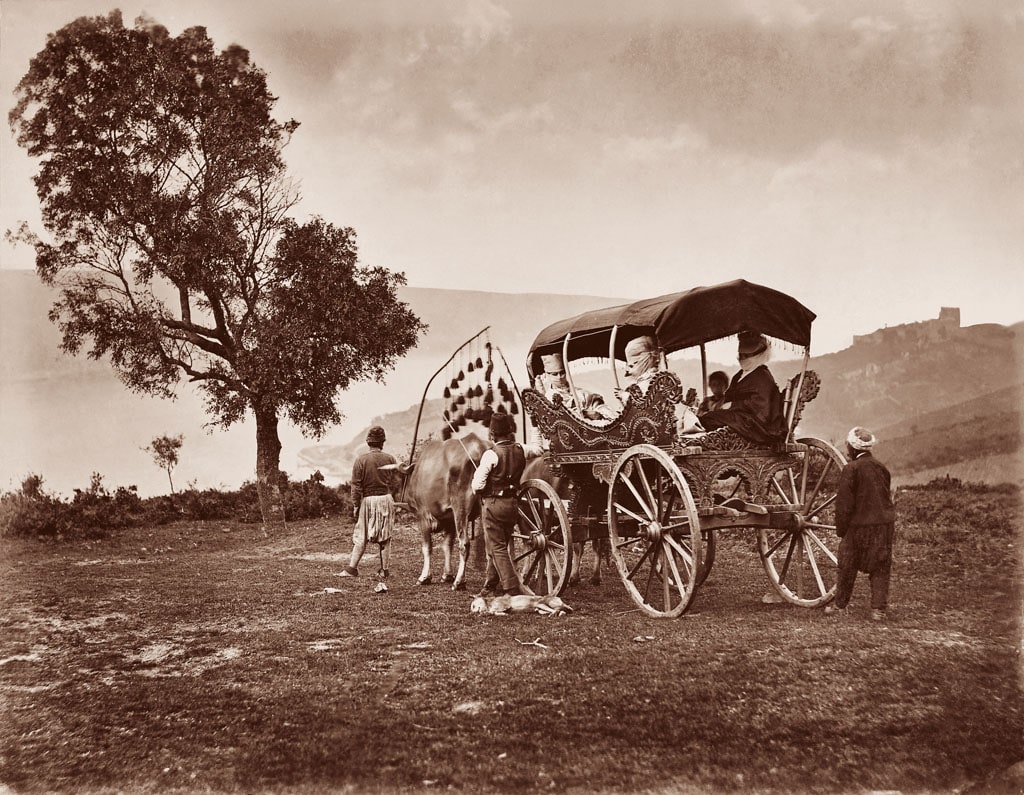Director: Michael Haneke
Cast: Ulrich Tukur, Christian Friedel, Leonie Benesch, Ursina Lardi, Michael Kranz
Austria, France, 2009, 145’,black & white
German with Turkish and English subtitles
The White Ribbon describes the community of a small German village in the year immediately preceding World War I. This collective treats lone characters harshly. Punishment within families is gruesomely banal. People also, inexplicably, disappear. Through these calculations of invisible violence, collective silence and the uncomfortable question of culpability, Haneke examines a – dramatized – historical moment in which a long and complex ambivalence between Germans and their sense of national identity is rooted.

Following the opening of his studio, “El Chark Societe Photographic,” on Beyoğlu’s Postacılar Caddesi in 1857, the Levantine-descent Pascal Sébah moves to yet another studio next to the Russian Embassy in 1860 with a Frenchman named A. Laroche, who, apart from having worked in Paris previously, is also quite familiar with photographic techniques.
Tuesday - Saturday 10:00 - 19:00
Friday 10:00 - 22:00
Sunday 12:00 - 18:00
The museum is closed on Mondays.
On Wednesdays, the students can
visit the museum free of admission.
Full ticket: 300 TL
Discounted: 150 TL
Groups: 200 TL (minimum 10 people)